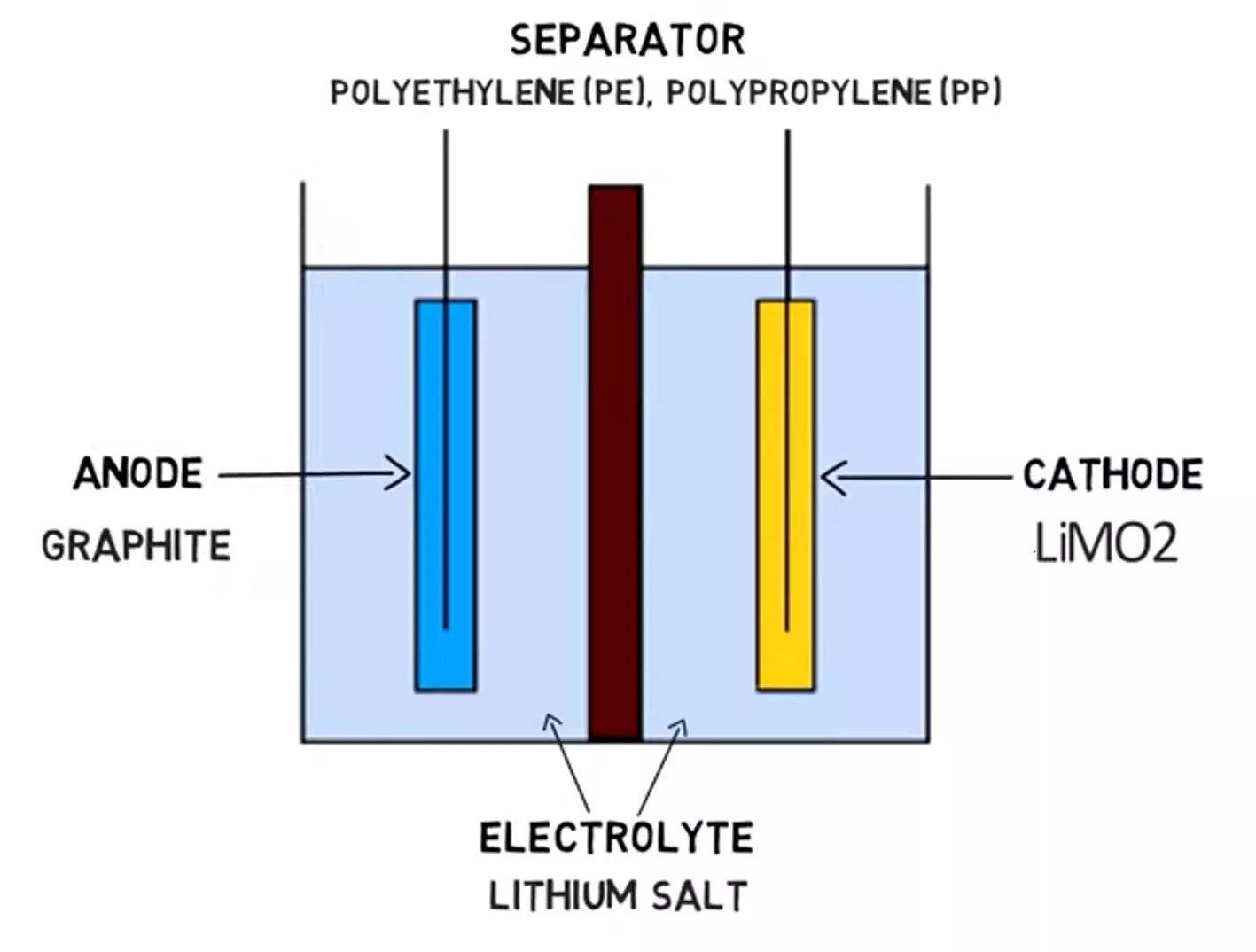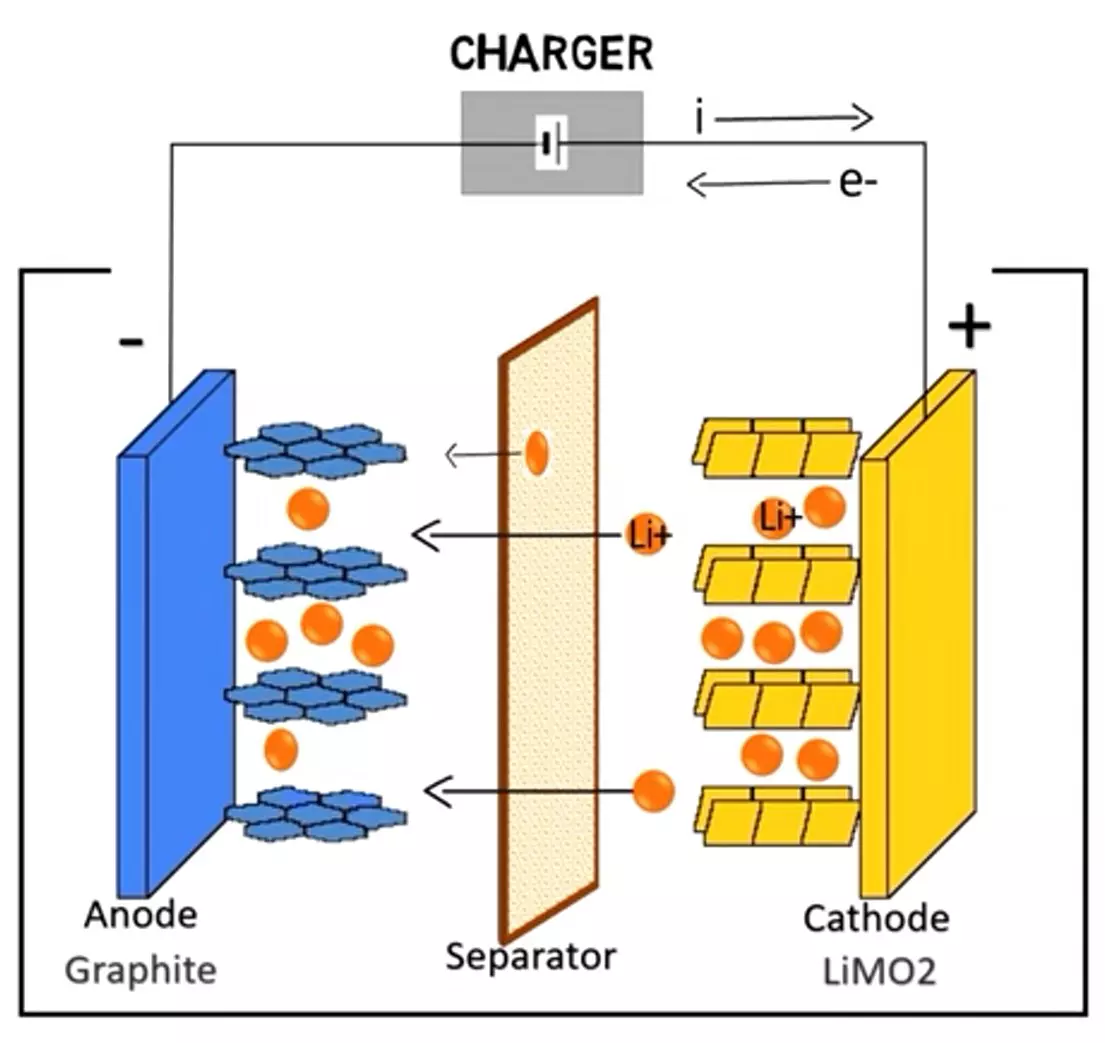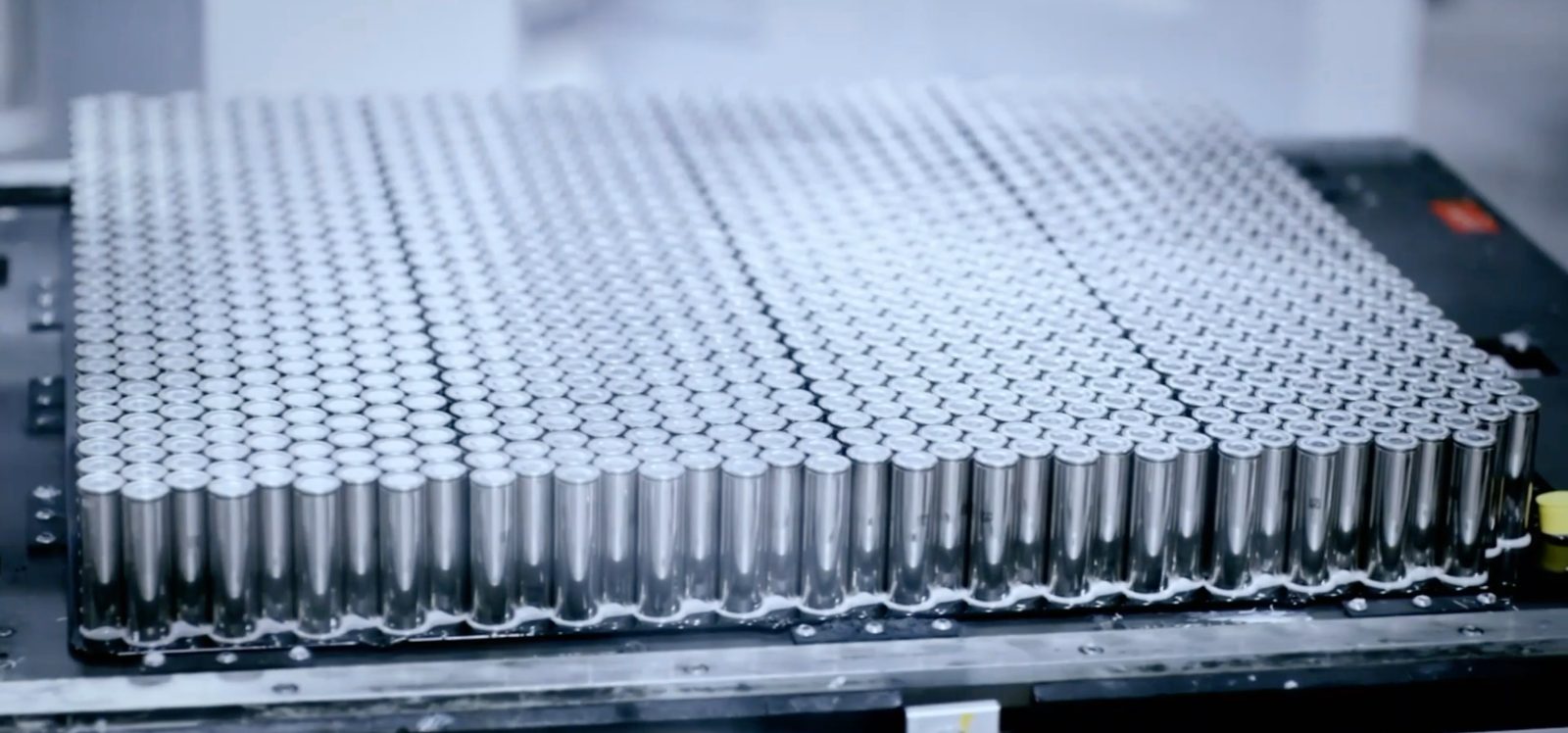You may be wondering if your Tesla Model S will last as long as you are expecting. Since there are no engine in a Tesla, the factor contributing to wear and tear was only down to the tyre, the motor and the battery. In comparison to an actually gasoline/petrol car, an EV has less complicated moving parts. In fact, the battery is the “engine” of an EV. It supplies the energy, just like an engine. Engine supplies the moving kinetic energy via combustion, while an EV battery supplies electricity from chemical reaction within the battery, and to the electric motor. But unlike an engine, an EV battery is massively more expensive. We are talking about more than half of your purchasing price of an EV! Could such battery last 10 to 20 years? The lifespan of the battery of your Tesla is the point of the discussion here. In this article, you’ll learn the technology and how clever the engineers from Tesla have designed the it.
How does an EV or Tesla battery works
But first, let’s learn a little or two about the basics of a Lithium ion battery. If this becomes a little too technical, you could just glance through the illustration to understand how charging and discharging works. You’d get a rough idea of the inner workings of a Lithium ion battery.
 A Lithium ion battery consists of four main components as seen on the illustration here on top; the anode (negative terminal), the cathode (positive terminal), a separator, and the electrolyte. Usually, the compositions of the component is as follow :
A Lithium ion battery consists of four main components as seen on the illustration here on top; the anode (negative terminal), the cathode (positive terminal), a separator, and the electrolyte. Usually, the compositions of the component is as follow :
- Cathode, made of Lithium metal oxide. LiMo2
- Anode, made with Graphite. C6
- Electrolyte, made with Lithium salt
- Separator, made with Polyethylene or Polypropylene
Do note that different manufacturers of battery might use a different composition of chemical. Tesla has been using Lithium Iron Phosphate (LFP) since 2021 for all its EVs. But regardless of the compositions. The concept is similiar.
How does the Lithium ion battery works during charging?

- Current flow to the cathode.
- The positive terminal at cathode gets “charged” with electron, the state of the Lithium metal oxide at cathode becomes charged with electron.
- Lithium ion looses itself from the Lithium metal oxide to become independent Lithium ions, get attracted to the anode flowing through the Lithium salt
- When the Lithium ions “attached” to the anode, the anode now has compositions of Lithiated carbon
- In simplified form, the current flow to the positive terminal. “Charging” the positive terminals with Lithium ions that would then flow to the negative terminal. The “charged” negative terminal would remain at this state till both negative and positive terminal is connected, powering a device.
How does the Lithium ion battery works during discharging/powering device?
- A discharge current flow from the negative terminal anode.
- When the anode loses electrons, the Lithium looses and become free Lithium ions
- The Lithium ions flow through the Lithium salt, gets attached to the cathode to form compositions of Lithium metal oxide
- In simplified form, the current flow from positive, through the device, powering the device due to the current, and reaches to the negative terminal in the battery.
This is only a simplified to give you an overview of the inner workings of a Lithium battery. Pictures courtesy of https://www.youtube.com/watch?v=YFd0kb9Nwt0
The First Level of Protection For The Lithium Battery - Fire Proofing

*An opened up Tesla battery pack, Picture courtesy of Electrek [https://electrek.co/*]
This might not sound like much. But it’s one of the most important mechanism to protect the battery.
Let’s start with the fire proofing. While their cars are often referred to as fire-proof, electric vehicles can still catch fire if they’re under extreme conditions. This is more susceptible to EVs. As the Lithium-ion battery, if you remembered the 2016’s Galaxy Note 7 battery exploding fiasco, the battery burst into flames easily once it’s swelled or pierced open.
This is due to the fact that the chemical Lithium. Number 3 on the periodic table. Is highly unstable in its natural form. It would interact with the oxygen in the air you breath. The end product would be huge sparks. Depending on the amount of Lithium, the bigger the amount, the bigger the sparks and flame it will produce when it interacts with the air. It’s highly dangerous. Your chemistry teacher while doing experiment in science class, would have the pure Lithium soaked in oil in for storage.
So, you could imagine a battery pack for an EV. A 2 square meters battery sitting underneath the drivers and passengers, would be a very dangerous fire hazard. You are basically sitting on one if you own any EV. Just imagine one cell of the battery, at the corner of the battery like the one shown here on top. If it somehow catches fire (ala Note 7), due to the instability of Lithium, will setup a chain reaction to other batteries. Creating a huge ball of fire. But Tesla have some clever designs to prevent this from happening.
- Titanium unibody underneath to shield the battery. This is near indestructible. Piercing from any roads debris would be almost impossible to penetrate to the battery.
- Tube of liquid in between battery cells. If one battery overheats, the resulting heat would be transferred through the snake-like tube all around neighbouring cells. This distributes heat through the whole battery pack. Preventing further overheating from any single cells. This clever design, stops the chain reaction of fire as mentioned earlier.
Conditioner For The Battery - A Cooling System
For all the warm-climate haters. A cooling system is godsend. The cooling system is designed and used together with the battery and for climate control.
Tesla has implemented a sophisticated cooling system in its batteries that cools down the battery when it’s too hot and keeps them from overheating. This cooling system have nothing to do with extending the range of your Tesla though. But it helps in maintaining a good battery health. You see, Lithium Ion batteries are very finicky. This battery tech, which is used by Tesla, Volvo EV, Mercedes EQS or even your Samsung/iPhones. Is very sensitive to heat. A prolonged period of above 50C(122 Farenheit) would have an adverse effect on the Lithium Ion battery. In this context, prolong-period would mean a daily occurence, up to weeks/months. The same advice you got from maintaining good battery health for your smartphone, applies to your Tesla as well; do not overheat the battery.
Thus, a cooling mechanism exists in your Tesla (same as most EVs too), helps in lengthened the lifespan of the battery. More so during the usage of Superchargers, the DC Charging would charge the battery at a very high current.
In simple science, a high Amp, as in during the operation of a Supercharger/DC fast charging station, will move a higher amount of electrons through the wires down to the battery directly. Analogically, if you were to pump a high pressure water through an equivalent setup to a water tank, the tip of the hose will be of high-pressure. Imagine the high pressure is the equivalent of increased amount of heat in a typical DC fast charger during its operation. The high current (in Amp) would naturally creates heat. Once it achieved certain amount of temperature, (in my experience 40-50C), the car would jump start the cooling system to in an attempt to cool down to the ideal temperature of 25 degrees Celsius or 77F to my American readers. By reaching to the ideal temperature for the battery’s chemistry to charge, the battery could be charged at the maximum speed at the DC fast charger, or in this case for Tesla, the Supercharger. Without reaching a safe temperature, the onboard computer would prevent any faster charging speed as mentioned in the section below.
The Smart Charging System
According to Tesla. The onboard computer will automatically prevent over-charging. Once a 100% charging capacity is reached. The computer would automatically cut off any currents from going into the battery. Overcharging would destroy the chemical composition in any Lithium ion battery. It’s thus, common to see gadgets that have been used extensively, and charged without proper care, last only 10-20% of its original battery capacity.
On top of that, the computer onboard would automatically manage the charge rate, depending on what the battery chemistry could handle. For example, a cold or hot battery will get slower charge, same goes to a degraded battery.
Additionally, the battery could last up to 5,000 charge cycles ( 0 - 100% ). So if you make a charge like 40-80% twice a week. That would give you more than 10,000 charge cycles! That easily last you close to 10years or more.
If you realized so far, the smart charging is pretty similiar to most gadgets that we have like your Samsung or iPhone, IF you use a compatible charger. Just like Tesla too, any uncertified charger that you bought, could potentially causes complications to your EV’s battery.
So, how long does Tesla battery really last?
Tesla has a long lasting battery, with an estimated lifespan of 21 years or 250,000 miles (depending on use), before charge capacity begins to drop by more than 20 per cent. The battery will not deteriorate and weaken over time significantly. Till this date, we do not have Tesla cars with over 20 years of age, so we can’t really answer that. But, the data have shown from the owners of Model S, is quite promising. Despite a 10 years age, the average degradation of battery was only 10%!
So, the key takeaway here is this. Do not over worried of the lifespan of your Tesla. Though, buying a new battery for any EV is expensive, it could cost more than 50% of your car’s price! Do follow the usual best practices of charging which I would cover in a new article of how to protect and prolong the lifespan of your EV, in future.
